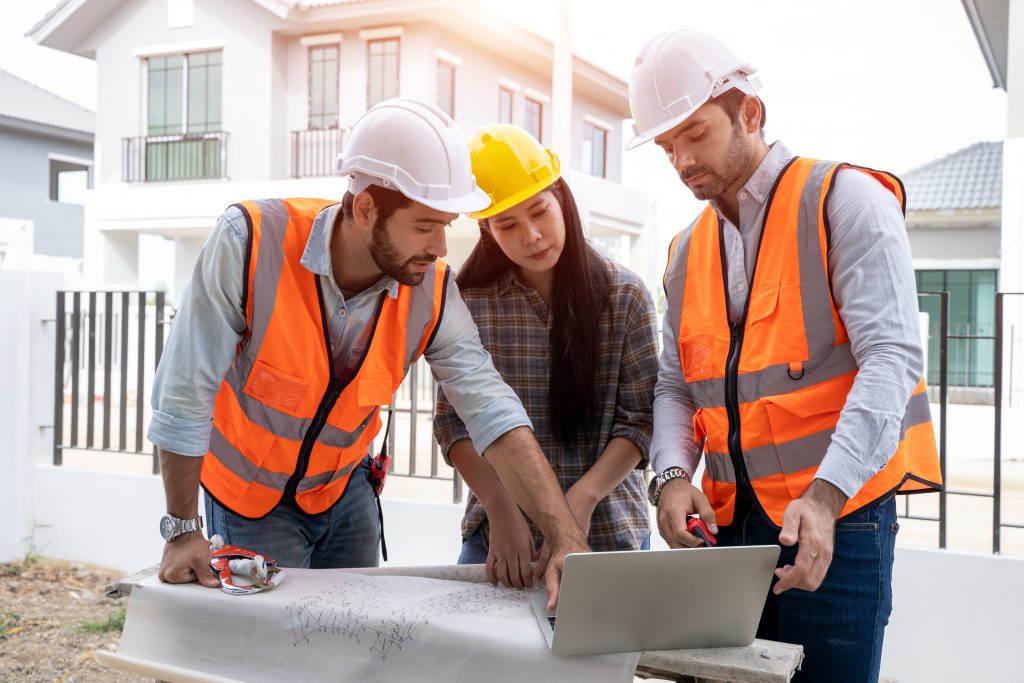In the construction industry, the significance of conducting an Environmental Risk Assessment (ERA) cannot be overstated. As projects evolve and environmental regulations become more stringent, businesses must prioritize the identification and management of potential environmental hazards. Engaging a Construction Safety Consultant is a crucial step in this process, as they bring expertise and experience to ensure that the assessment is thorough and effective. This article explores best practices for conducting an Environmental Risk Assessment, drawing insights from industry experts at Safety Chat.
The Importance of Environmental Risk Assessment
An Environmental Risk Assessment is a systematic process that evaluates the potential environmental impacts of construction activities. It involves identifying hazards, assessing exposure levels, and determining the consequences of those hazards. The primary goal of an ERA is to protect both the environment and human health. By conducting a comprehensive assessment, companies can identify risks early in the project lifecycle, allowing for proactive measures to mitigate these risks. A Construction Safety Consultant plays a vital role in this process, guiding organizations through the complexities of environmental assessments.
Engaging a Construction Safety Consultant
The first step in conducting an effective Environmental Risk Assessment is to engage a qualified Construction Safety Consultant. These professionals possess the knowledge and skills necessary to navigate the intricacies of environmental regulations and safety standards. They can help organizations develop a tailored assessment plan that aligns with project goals and regulatory requirements. By collaborating with a Construction Safety Consultant, businesses can ensure that their Environmental Risk Assessment is comprehensive and compliant with all relevant laws.
Conducting a Thorough Site Assessment
A critical component of any Environmental Risk Assessment is the site assessment. This involves a detailed examination of the project site to identify potential environmental hazards. A Construction Safety Consultant will typically begin by reviewing existing documentation, such as previous environmental studies and site plans. They will then conduct field investigations to assess soil, water, and air quality, as well as identify any potential sources of contamination. This thorough approach ensures that all relevant factors are considered in the assessment.
Identifying Potential Hazards
Once the site assessment is complete, the next step is to identify potential hazards. This includes evaluating both natural and human-made risks that could impact the environment. A Construction Safety Consultant will analyze factors such as nearby water bodies, protected habitats, and existing pollution sources. Additionally, they will consider the potential impact of construction activities, such as soil erosion, waste generation, and emissions. By identifying these hazards, organizations can develop strategies to mitigate their effects and protect the environment.
Assessing Exposure Levels
After identifying potential hazards, the next phase of the Environmental Risk Assessment involves assessing exposure levels. This step is crucial for understanding the potential impact of identified hazards on human health and the environment. A Construction Safety Consultant will evaluate how often and to what extent workers and nearby communities may be exposed to these hazards. This assessment may involve modeling exposure scenarios and considering factors such as wind direction, water flow, and population density. By understanding exposure levels, organizations can prioritize their risk management efforts effectively.

Developing Mitigation Strategies
With a clear understanding of potential hazards and exposure levels, the next step is to develop mitigation strategies. A Construction Safety Consultant will work with the organization to create a comprehensive plan that outlines specific actions to minimize environmental risks. This may include implementing best management practices, such as erosion control measures, waste management protocols, and pollution prevention strategies. By proactively addressing potential risks, companies can significantly reduce their environmental impact and enhance their compliance with regulations.
Continuous Monitoring and Review
Conducting an Environmental Risk Assessment is not a one-time activity; it requires continuous monitoring and review. As projects progress and new information becomes available, organizations must reassess their environmental risks. A Construction Safety Consultant can help establish a framework for ongoing evaluation, ensuring that the Environmental Risk Assessment remains relevant and effective. This may involve regular site inspections, data collection, and updates to mitigation strategies based on changing conditions.
Engaging Stakeholders
An essential aspect of conducting an Environmental Risk Assessment is engaging stakeholders throughout the process. This includes not only project team members but also local communities, regulatory agencies, and environmental organizations. A Construction Safety Consultant can facilitate these discussions, ensuring that all voices are heard and considered. By fostering open communication, organizations can build trust and transparency, ultimately leading to more successful project outcomes.
Conclusion
In conclusion, conducting an Environmental Risk Assessment is a critical process for construction companies aiming to protect the environment and comply with regulations. By engaging a qualified Construction Safety Consultant, organizations can ensure that their assessments are thorough and effective. From conducting site assessments to identifying hazards and developing mitigation strategies, best practices from Safety Chat emphasize the importance of a comprehensive approach. By prioritizing Environmental Risk Assessments, businesses can not only avoid fines and legal issues but also contribute to a more sustainable future.



